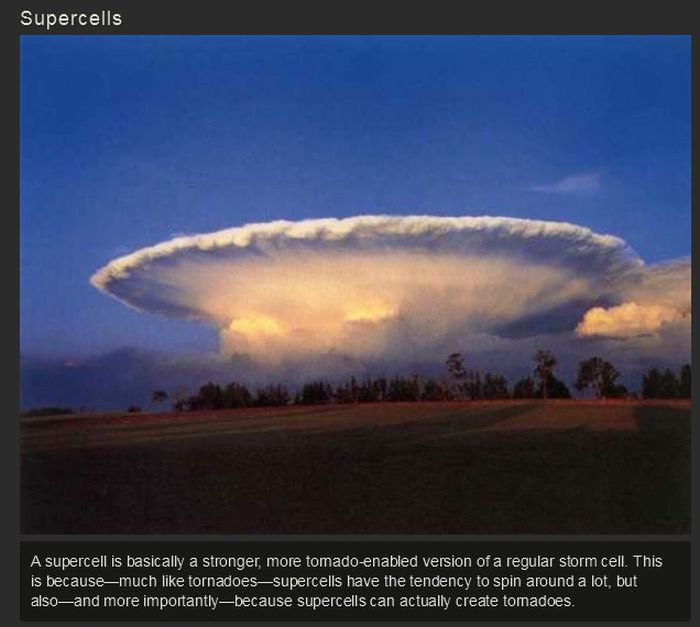

Heavy neutrophlic infiltrates or pustular reaction that develop at the site of non-specific trauma are termed as pathergy phenomenon. Pathergy phenomenon Pathergy phenomenon is most commonly described in pyoderma gangrenosum and Behcet′s disease, and is also noted in some cases of sweet′s syndrome and subcorneal pustular dermatosis. The significance of this phenomenon is that it indicates a lower disease activity in patients of pemphigus vulgaris than that of patients who have a positive Nikolskiy sign. This phenomenon is seen in vesiculobullous disorders that show a positive Nikolskiy sign, such as pemphigus vulgaris.

The term "Nikolskiy phenomenon" is applied when the superficial layer of the epidermis is felt to move over the deeper layer, and instead of immediately forming erosion as in Nikolskiy′s sign, a blister develops after some time. Nikolskiy′s phenomenon This phenomenon was described by Sir Wilhelm Lutz. This is in contrast to the scratching of the surface of lesions of psoriasis, which results in pin-point bleeding. īrocq′s phenomenon refers to subepidermal hemorrhage, which occurs on careful scraping of a classical lesion of lichen planus. The second unrelated disease has been reported to be granuloma annulare, Kaposi′s sarcoma, leukemia cutis, metastasis, sarcoidosis, acne, lichen planus, granulomatous folliculitis, tinea, verruca plana, molluscum contagiosum, squamous cell carcinoma, basal cell carcinoma or multiple epidermoid cysts. Most cases of isotopic response have been described in healed lesions (scars) of herpes zoster. Virus-induced local neuroimmune dysregulation of the dermal sensory nerve fibers has been suggested as a possible explanation. The proposed etiologies of isotopic response are viral, immunologic, neural, vascular and locus minoris resistentiae (a site of lessened resistance). Occurrence of a different or unrelated dermatological disease at the site of the healed disease (commonly herpes zoster) is termed as isotopic phenomenon (iso - same, topic - site) The exact cause of this phenomenon is not known. Isotopic phenomenon is best described in herpes zoster. Isotopic phenomenon (Wolf′s isotopic response)

Phenomena vs phenomenon skin#
It is defined in vitiligo patients, in which spontaneous repigmentation is seen in distant patches after autologous skin graft surgery. This phenomenon is explained, in which an area of psoriasis clears after injury, like dermabrasion or surgery. This should not deter emergency physicians from using ketamine for PPS.Table 2: Boyd-Nelder classification of the Koebner phenomenon Rarely, there is anxiety or distress on awakening from ketamine sedation, which settles spontaneously. A pleasant emergence phenomenon is common, but is not distressing for the child, and has no long-term (up to 30 days) negative sequelae. The belief that ketamine, in the doses used for ED PPS, causes frequent emergence delirium is flawed. There was no evidence of an increased rate of nightmares on telephone follow up in the weeks post procedure. None required any active treatment and all except one settled within 20 min. Of all, 93 (12.5%) children cried on awakening when recovering from PPS, 291 (39%) experienced pleasant altered perceptions and 16 (2.1%) experienced what was called 'emergence delirium'. Standard inclusion and exclusion criteria for the use of ketamine were followed.Ī total of 745 prospective data collection records were available for analysis over the 5 year period. Prospective data relating to any emergence agitation, crying, hallucinations, dreams, altered perceptions, delirium and necessary interventions were recorded in consecutive cases of ketamine PPS from March 2002 to June 2007, and analysed. The present study set out to determine the true incidence and nature of this phenomenon. Some emergency physicians do not use ketamine for paediatric procedural sedation (PPS) because of concern about emergence delirium on recovery. Ketamine has become the drug most favoured by emergency physicians for sedation of children in the ED.


 0 kommentar(er)
0 kommentar(er)
